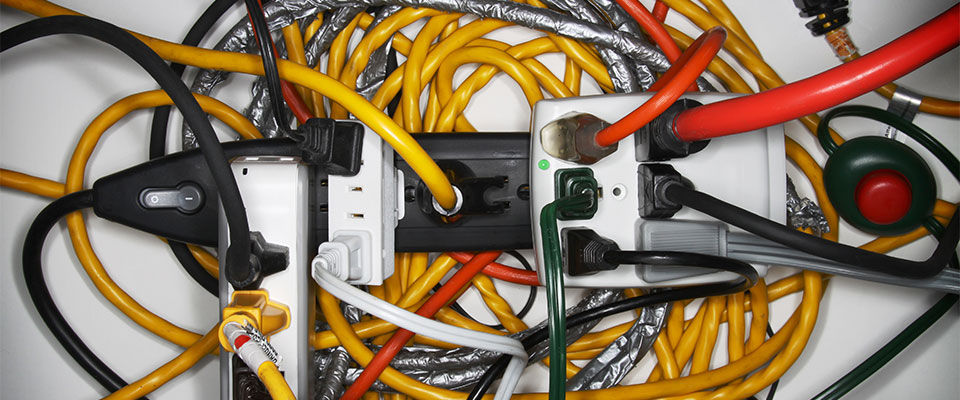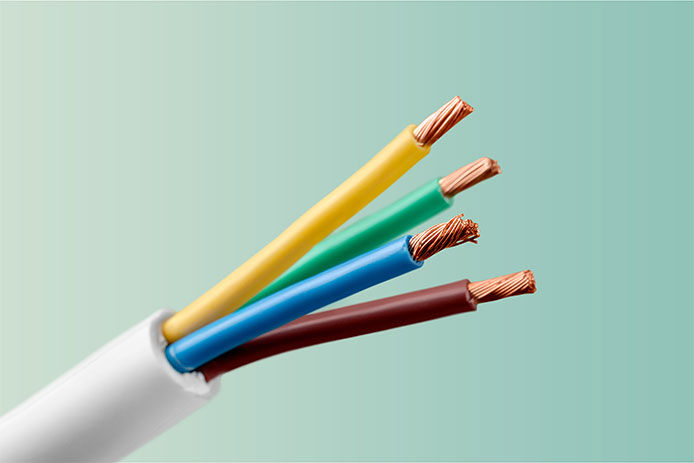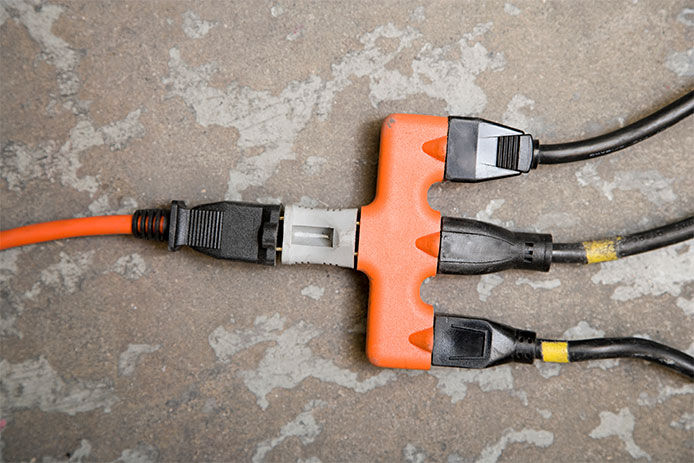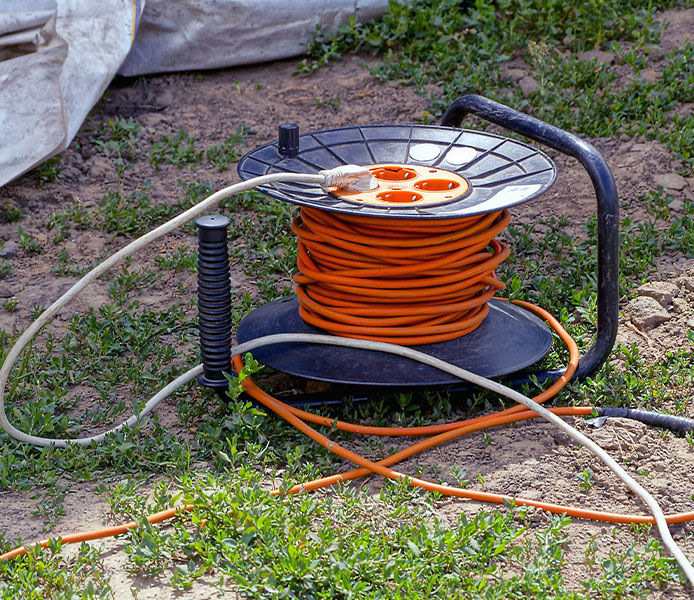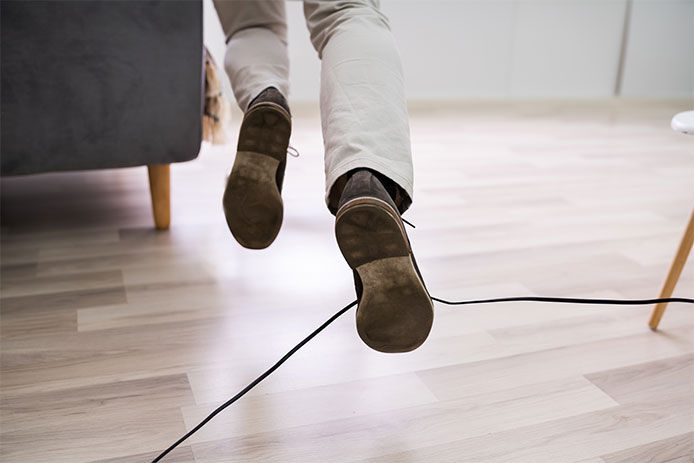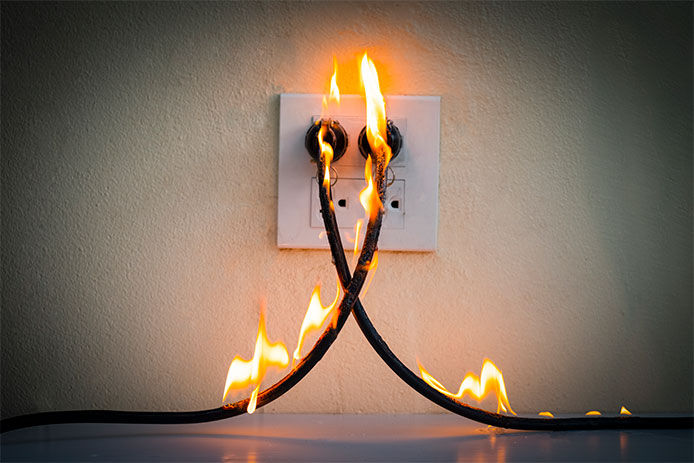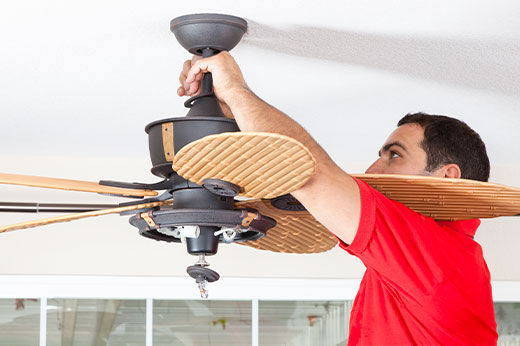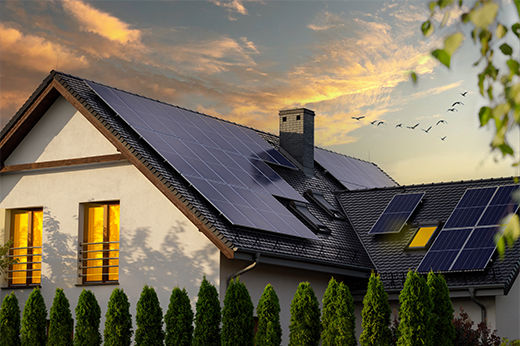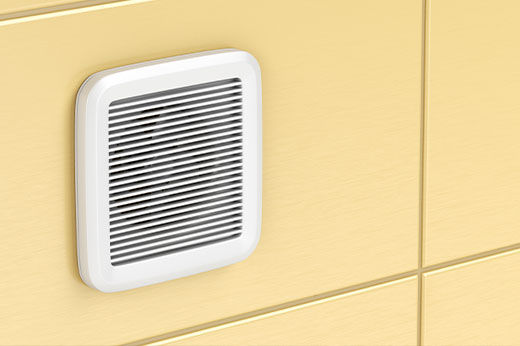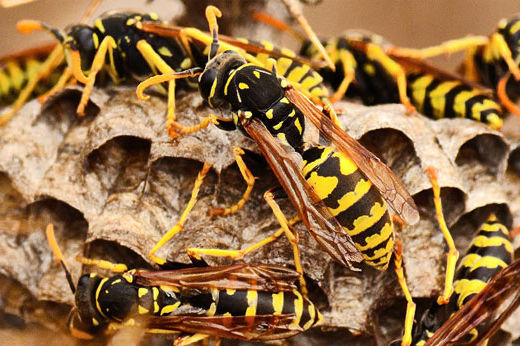A common mistake when using an extension cord is to treat it like a replacement for permanent wiring. However, extension cords are meant for temporary use. Think of it this way. Is the extension cord being utilized in the same location to power the same items for more than two weeks straight? If so, this will create an electrical hazard.
Know How to Use Extension Cords Safely
Perhaps one of the most common electrical cords used around homes, offices, and job sites is the extension cord. When used properly, this cord makes it possible to bring electricity to locations where a plug is not handy. However, when used the wrong way, these cords are a serious hazard.
